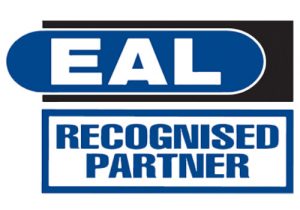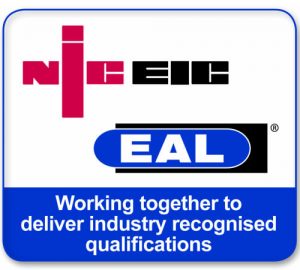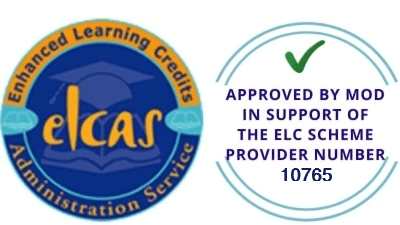An early ‘portable’ Fault Finding machine circa 1900
The Electrical Industry, along with the World that we live, in has changed massively since the 1st Edition of what we now know as the Wiring Regulations was published in 1882. What was once a simple way of standardising and making safe installations for basic lighting and power to socket outlets now can be a highly technical design brief leading to an install that requires a highly different skill set to the modern-day Electrician.
With a market now focussed on saving energy to reduce costs and meet green targets a modest home with PV and Battery Storage in place can have something that wouldn’t look out of place in a commercial plant room.
Integration of smart lighting and controls are becoming more and more popular as technology advances and becomes more and more available.
This used to be the type of thing that would only be operated using Logic Control just a few years ago and would have been reserved for installations in factories or processing plants. It seems that every new technology that emerges to save energy requires electricity for it to work.
As the Government aims to hit Green Targets in the near future, the reduction of gas usage and fossil fuels will lead to the need for more renewable electricity to be produced. Not only has the industry changed for the average day-to-day electrician the National Grid is following suit.

Smart technology isn’t just for the home or office, it is now being deployed to help the electricity we need for seemingly normal tasks to be delivered in a more sustainable and efficient way rather than firing up another coal fire like in the past. The grid is becoming more flexible in the way it takes power from solar farms and wind turbines when it is needed or available as well as monitoring the amount of electricity that can be imported from homeowners with PV and batteries to help supplement the network.
So, as we can see the industry has changed and so has the Electrician carrying out the installation. It is common now for laptops and programming to be required to set up the latest and greatest of quality installations giving access to applications on smart phones or tablets. Even Inspection and Testing has implemented tech with the use of software for certification and the latest all singing and dancing touch screen test equipment.
In the next installment of the blog, following the way the industry has changed, we will look at the way that qualifications and careers within the Electrical world have changed.
XS Training can help Electricians expand into this growing market
At XS Training we are delighted to announce that we will very soon be offering courses for both the installation of Solar Photo Voltaic Panels and Electrical Energy Storage Systems, in our new premises in Leeds.
This will be delivered from the awarding body LCL and is one of the current qualifications required to gain MCS accreditation. MCS is required by many energy companies for any excess energy that is exported back to the grid to be paid to the customer. We can offer this as separate courses or as a combination of the two.
Along with the exciting new qualification packages for PV and EESS, XS Training offer a wide range of Electrical course for both experienced Electricians looking to add to their existing skill set or those starting out on the journey to becoming qualified in this booming industry.
Call us on 0800 170 0294, or click here NOW to gain more information.






